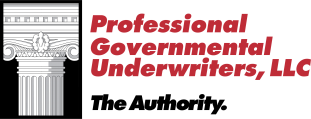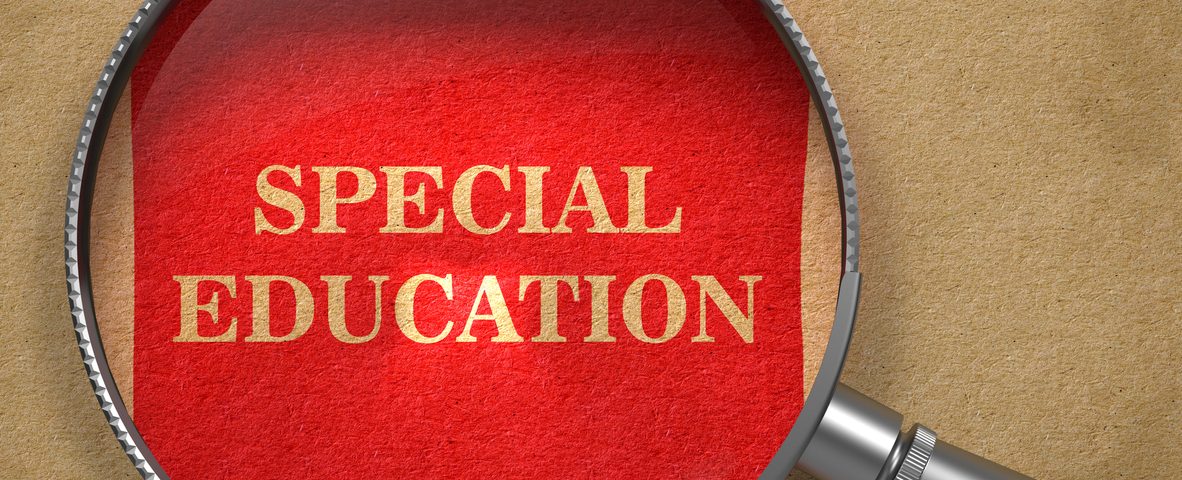Navigating Special Education Amid COVID-19

Dispelling Common Charter School Myths
November 30, 2020
Utilizing AI to Increase Efficiency in Police Operations
December 14, 2020Navigating Special Education Amid COVID-19
COVID-19 has brought many changes in public education strategies. From taking kids out of the classroom and making remote learning full-time to disrupting their social interactions with classmates, the pandemic’s effect on our education system is unprecedented. While most students have had routines interrupted in some fashion before, the children most affected by the coronavirus are special education students.
In special education, one of the systems that work best is having a structured routine. Now that that is gone, teachers and administrators have to scramble to meet their students’ unique needs. It’s now the parents who must establish a new routine with guidance by school staff and specialists. As a result, parents of children with special needs have struggled through this trial-and-error process to find the most productive way to encourage their children to engage with online education or in-person education that looks much different from what it did before COVID-19.
Of course, students with special needs are not monolithic, and all have their own set of disabilities. They include students aged 3-22 and a wide variety of mild to severe cognitive, emotional, and behavioral disabilities. But students with special needs share a requirement of special services and accommodations to fully access the school curriculum and make meaningful progress. When schools and parents work together to deliver special education, these students can gain access to the relevant tools and programs needed to thrive.
Remote Learning
Remote learning comes with some essential benefits. First, they help keep students and teachers safe from potential exposure to the virus and other germs. It may be the only choice for students who are medically fragile as well. Also, remote learning is less likely to change over the year. Students who struggle with change may benefit from the predictable course of remote education.
However, remote learning does present several risks, some of which are acute for special needs students. When children are at home, educators and service providers may not be able to provide some accommodations. It may be hard to work toward some educational and developmental goals, especially for those who require nearness to others.
In-Person Learning for Special Education Students
Schools across the country are still deciding the best structure for sending students back to class. Do they do it all at once? Should it be done in stages? Regardless of how and when, in-person models offer most of the benefits that remote options cannot provide. These include providing the same services and provisions they were receiving before the pandemic but with new measures involved, such as social distancing.
Students who require intensive support from their teachers may need in-person learning opportunities to fully access their curriculum and developmental tasks.
However, in-person models do carry the risk of increased exposure to the virus. All parents and teachers must be aware of the prevalence the virus still has on the country and our classrooms. Parents of medically complex children may look at such a risk as unacceptable, even with the educational and social benefits of learning in person.
Parents and teachers need to continue to approach this complex challenge with flexibility and communication. By monitoring progress and keeping collaboration a priority, students with special needs can get the support they need from their guardians and educators until the virus’s spread comes to a halt and education can return to normal.
About PGUI
Professional Governmental Underwriters, Inc., is a full-service risk management company dedicated to assisting public, educational and non-profit entities in the management of their professional liability exposures including educators liability insurance. We are dedicated to providing state-of-the-art professional underwriting management and loss control advisory services on behalf of our designated carriers. For more information, call us toll-free at (800) 586-6502.


